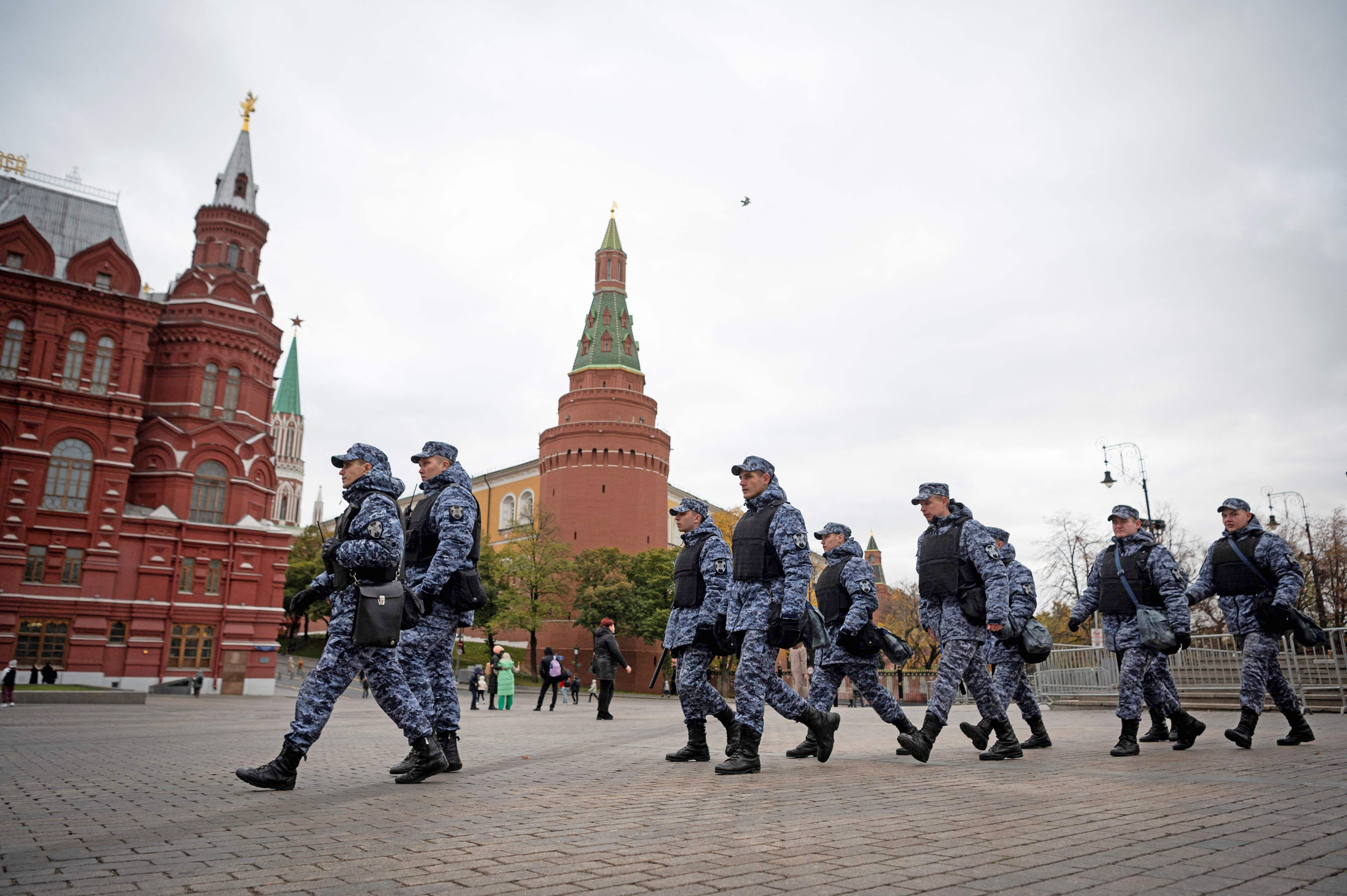Save
Israel has played a peculiar role in American debates on the Russia-Ukraine war. After Russia’s invasion started, Jerusalem faced criticism in Washington for its reluctance to send military support to Ukraine — a reluctance influenced by Russia’s military presence on Israel’s border with Syria.
Now, as NATO punts on the question of Ukrainian membership, the “Israel model” is gaining currency in Washington as a way to think about Ukraine’s long-term defense. Before leaving for this week’s NATO summit, President Biden told CNN that while he wasn’t ready to risk direct war with Russia by extending NATO’s mutual-defense guarantee to Kyiv, Ukraine would receive “the security we provide for Israel.”
Translation: Ukraine will get large-scale weapons, logistics and diplomatic support in perpetuity — but no guarantee of U.S. troops to defend its territory. It’s a testament to Israel’s success at defending itself that friends of Ukraine invoke it as a security model. But the analogy should also temper idealistic Western thinking about the war.
The Israel model implies a long conflict with borders that remain unsettled. Israel’s borders changed throughout a series of wars and peace settlements starting with its 1948 war of independence. The United States is the only country to recognize Israel’s control over the Golan Heights, and only a few others treat Jerusalem as its capital. The status of the West Bank is contested both internationally and in Israel’s domestic politics.
Territorial claims in the Arab-Israeli conflict and in the Russia-Ukraine war are not equivalent. But as with territories in the Middle East, the status of parts of Ukraine, especially Crimea, could be contested for decades. In an ideal world, Kyiv could swiftly inflict so decisive a defeat on Russia that Moscow’s claims on Ukraine would end. But growing Western interest in the Israel model reflects a recognition that this is unlikely and that Ukrainian society might need to remain militarized in a way that sets it apart from the rest of Europe.
The Biden administration wants to frame the Russia-Ukraine war as a global clash between democracy and autocracy. Israel is a democracy, but it has formed ties with the Persian Gulf monarchies, including Saudi Arabia, to check its most powerful rival, Iran, and has built a working relationship with Russia to operate militarily in Syria. Countries in dangerous neighborhoods without ironclad U.S. security guarantees don’t have the luxury of conducting foreign policy along the ideological lines favored in rich Western capitals. That calculation will apply to Kyiv as well — witness its plea for cluster munitions, which are banned in Western Europe.
While international institutions and the European Union have rallied to Ukraine in its time of peril, Israel’s long-term experience shows that the West can’t always be depended on. Even as the Biden administration touts the Israel model for Ukraine, it is embroiled in a diplomatic feud with Israel over its right-wing government. And if Donald Trump wins the 2024 presidential election, U.S. policy on Ukraine could change.
One advantage of the Israel model, for decision-makers in Jerusalem, is that they have more freedom to make their own foreign policy decisions than U.S. allies with formal treaties. Israel has a history of acting aggressively and unilaterally to defend its interests, including by destroying nuclear reactors under construction in Iraq in 1981 and Syria in 2007. When countries have the capacity to defend themselves with their own militaries, they have less need to defer to Washington.
One example came during Israel’s 1982 war in Lebanon. According to one account, Biden, a senator at the time, dressed down Israeli Prime Minister Menachem Begin, who replied: “Don’t threaten us with cutting off aid to give up our principles.” Ukraine, armed and autonomous, would pursue its principles independent of U.S. wishes under the Israel model.
One key difference, of course, is nuclear weapons. While Israel has nuclear weapons and (for now) its regional rivals don’t, Ukraine is a nonnuclear state under invasion by a major nuclear power. Perhaps that’s why Henry Kissinger (who, as secretary of state during the 1973 Arab-Israeli War, helped devise the Israel model) fears that too much Ukrainian freedom of action could make long-term peace with Russia more difficult to achieve.
In an April interview with the Economist, Kissinger worried that Ukraine “will be the best-armed country and with the least strategically experienced leadership in Europe.” He added: “It is better to have Ukraine in NATO, where it cannot make national decisions on territorial claims.” While Ukrainian NATO membership would be designed to deter Russia, Kissinger also highlights the need to constrain Ukraine.
The West has calculated that the risk of war with Russia is too great to outline when and how Kyiv can join NATO. The Israel model, broadly defined, is the path of least resistance. But just as the West sometimes tries to restrain Israel — both in its conflict with the Palestinians and in its showdown with Iran — it might also end up trying to restrain an insecure Kyiv amid a volatile security situation that will last for years. If the Israel model is a workable strategy for Ukraine, the West should be clear-eyed about what it means.
